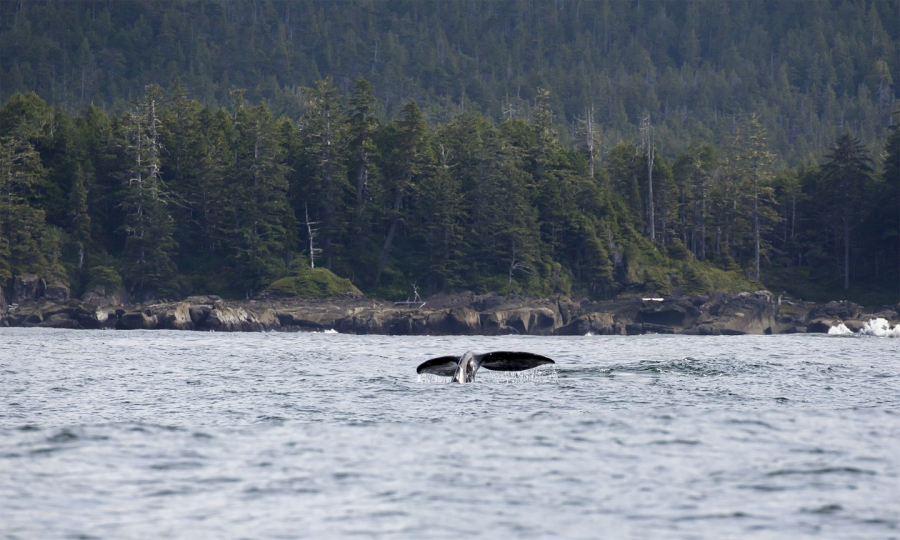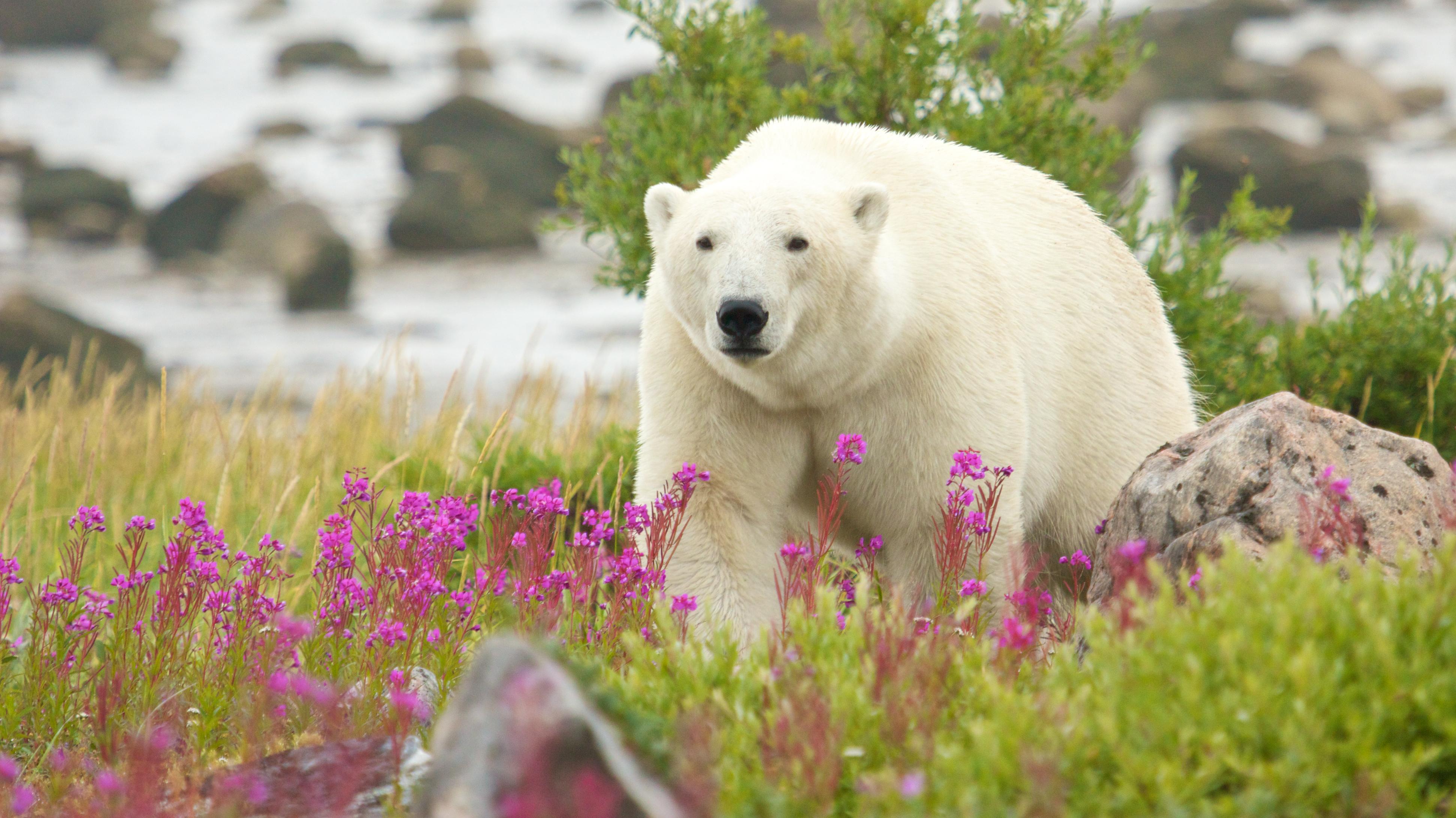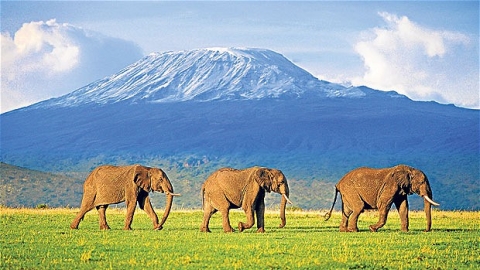Watching bears in the rainforest
British Columbia’s Great Bear Rainforest is home to a wide variety of bears. From black bears to a unique subspecies of black bear that carries a recessive gene that results in an unusual, naturally creamy white coat. Visit the Great Bear Rainforest around September and October, where bears are often seen hunting salmon. In addition to seeing these extremely rare bears, you can also spot coastal wolves prowling along the riverbanks, eagles, sea lions, dolphins and whales. As the world’s largest intact temperate rainforest, this pristine corner of the Great Bear is a true wildlife lover’s paradise.

Admire bighorn sheep at the Headbanger festival
Bighorn sheep are famous animals in North America in general and in Canada in particular. In the past, the population of bighorn sheep in North America reached millions and they were present in Native American mythology. However, in recent times, the population of the species has decreased to only a few thousand individuals. Visitors can go to Radium Hot Springs village at the southern entrance of Kootenay National Park to see bighorn sheep, especially during the Headbanger Festival held every November. There, in addition to seeing bighorn sheep, you can also participate in photography workshops, take guided walks and soak in some of Canada's largest natural hot springs.

Fraser Valley Eagle Festival
The Fraser Valley Eagle Festival is held on the third weekend of November each year. Visitors can watch as thousands of eagles from the Yukon and Alaska flock to Vancouver’s Fraser Valley for the winter. Visitors can learn more about these mighty birds of prey and get up close and personal by speedboat on the river and from dedicated viewing platforms.
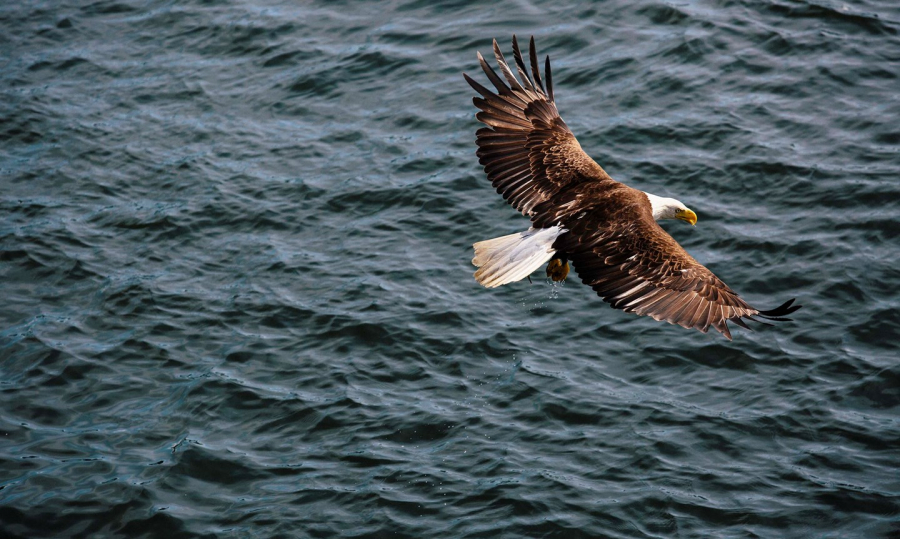
Kayaking to watch killer whales
Some of the best places to kayak and see killer whales are Johnstone Strait and Broughton Islands, just off the northeast coast of Vancouver Island. Here, between July and September, you can find up to 300 orcas cruising the murky waters, socializing and feasting on migrating salmon. For a closer look at these rare creatures, hop in a kayak from the tiny fishing village of Telegraph Cove and join the local fishermen on a trip. Along the way, in addition to watching killer whales, keep an eye out for minke whales, humpback sharks, dolphins, seals and even grizzly bears foraging on shore.
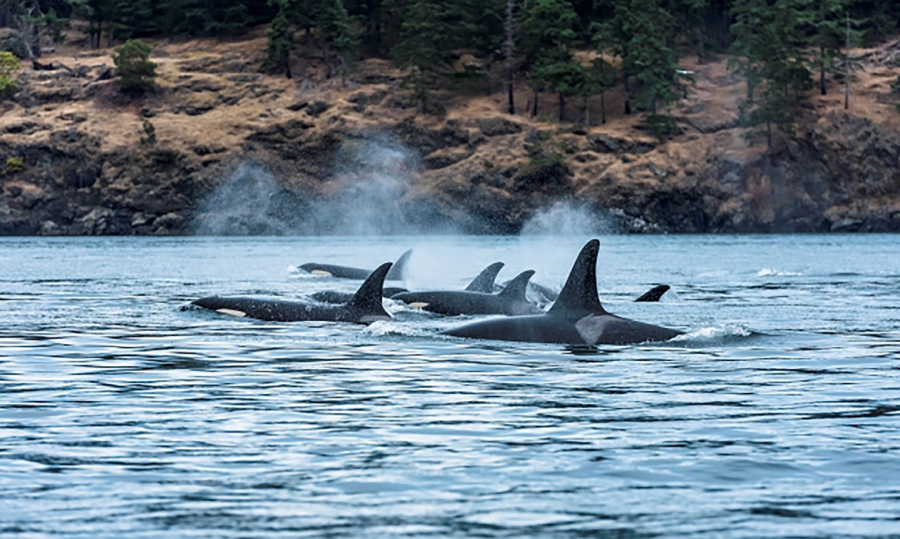
Diving with salmon
Many people have eaten salmon, but not everyone has had the opportunity to dive with salmon. In Campbell River, located on the east side of Vancouver Island, considered the salmon capital of the world, visitors will find all five species of Pacific salmon: steelhead, coho, pink, chinook and sockeye. For the most exciting salmon viewing, visitors will be equipped with a wetsuit and snorkel and have an unforgettable experience with thousands of crimson salmon rushing upstream.

Follow the footsteps of the elk
Canada is famous for its moose, but spotting these fast-moving animals is no easy task. You can spot them in Prince George, British Columbia. The area has old-growth forests, grasslands, and clear streams, all of which combine to create the perfect habitat for moose, which accounts for more than 70% of Canada's moose population. The best time to see moose is in late fall (September and October), during the rut, when moose and giant cows clash over prey in the forest.
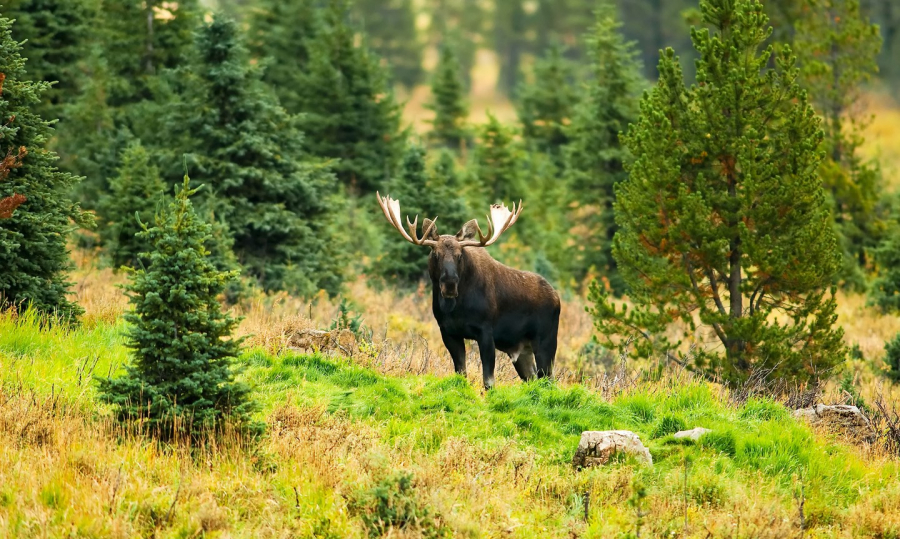
Witness the whale migration
Every winter, Pacific gray whales begin a migration of more than 5,000 miles from the lagoons of Mexico and the Baja Peninsula. They swim along the west coast of Vancouver Island. Between March and April, many fishermen in the coastal villages of Ucluelet and Tofino report seeing the whales beached in the shallows. From Tofino, visitors can book whale-watching tours, where not only Pacific gray whales, but also killer whales and humpback whales, feed and play around Clayoquot Sound.
